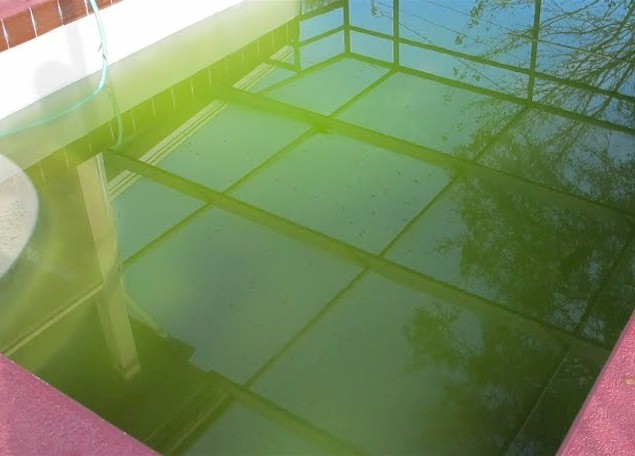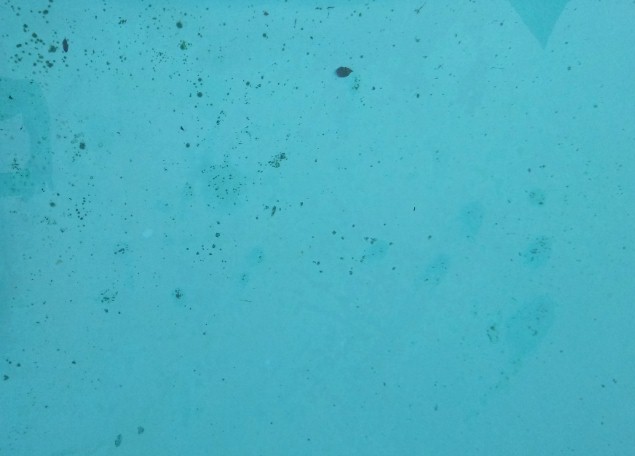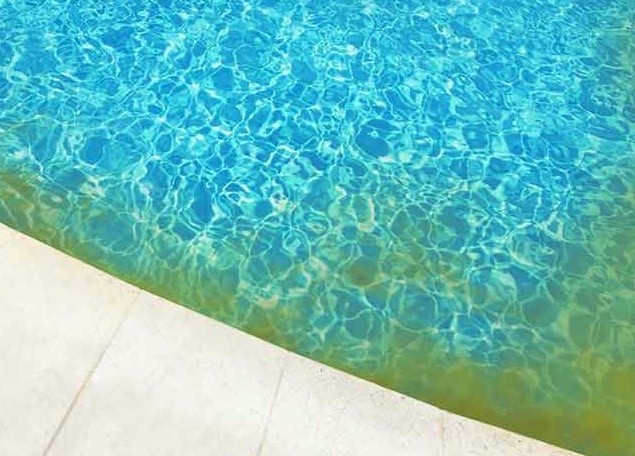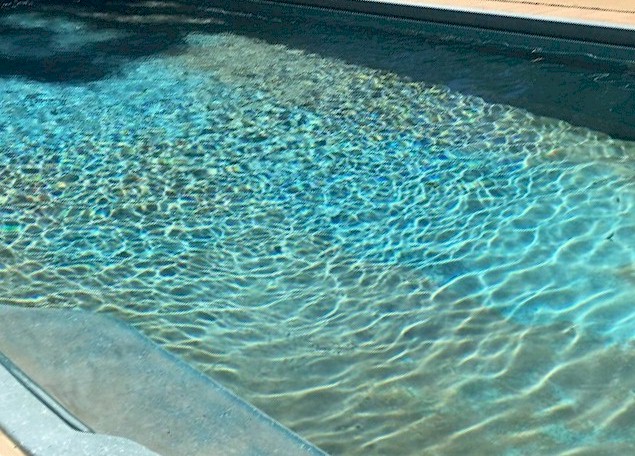Common Algae Problems Pool Owners Face
It is always a pain, but not impossible To defeat
There are several types of algae that can attack your pool and each one requires a different remedy.

Green Algae
One of the most prevalent algae found in pools today and probably the result from neglect and lack of filtration. You should take care of it as soon as you notice the water with a slight green hue. Check your chemical levels and filter for cleanliness. Because of its ability to reproduce quickly, the sooner you address it the less time you’ll spend cleaning.

Black Algae
Appearing as dark spots this is an extremely difficult algae to get rid of. It has a root system that will dig deep into plaster walls or tile grout, making it one of the hardest to treat. By an aggressive attack from a mixture of chemicals with repeated brushing, it can be kept under control.

Yellow or Mustard Algae
This is a rare type of algae, appearing in places where there is a lot of shade or areas of the pool that don’t receive any sunlight. Usually, it’s harder to remove because it has a tough resistance to chlorine, but it is also treatable with a special mix of chemicals and strong energetic repeated brushing.

Pink Algae
Categorized as pink algae, it is a bacteria or fungus which flourishes in dark places. When it colonizes it forms a clear or slimy layer affecting anything that is in junction with the pool. This is treatable with chemicals, excessive filtration, and brushing, but it may need to be dealt with by extra care.
A Basic Reason Algae Forms In Your Pool
Weather, contaminated swimsuits or equipment can carry algae spores into your pool. This will allow them to reproduce. Once left unattended, the spores populate like rabbits gone wild leaving your pool with one of several algae conditions.
The Importance Of A Maintenance Program
This is why it is so important to have a consistent maintenance program in place to address these issues before they pop up. By keeping your pool serviced on a regular schedule, you will avoid any problems with algae.
Your service technician should be attentive with a keen eye on your pH levels, filtration system, and water level, as well as looking for any signs of algae.
